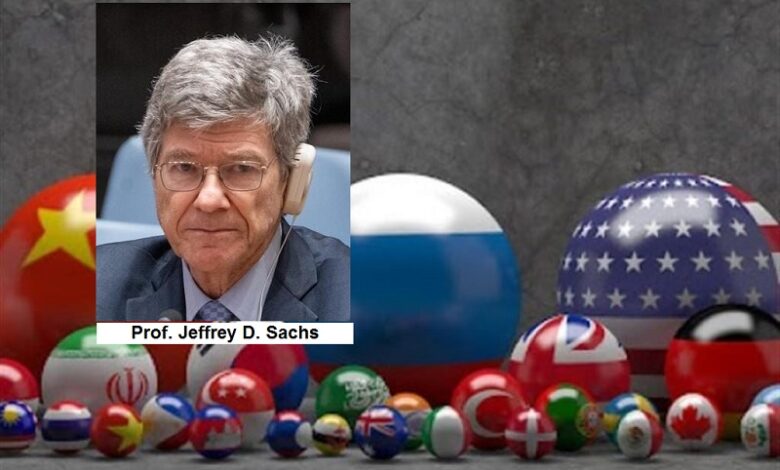The Perils and Promise of the Emerging Multipolar World
Each of the last five presidents, both Democrats and Republicans, have brought us closer to the brink. We desperately need leaders with a knack for peace who can steer the nation, and the world, toward a more secure and less dangerous future.

|
*Jeffrey D. Sachs is University Professor at Columbia University and author of To Move the World: JFK’s Quest for Peace, Random House: 2013.
(This Article was first Published on Prof. Jeffrey D. Sachs I June 6, 2024 | Common Dreams)






